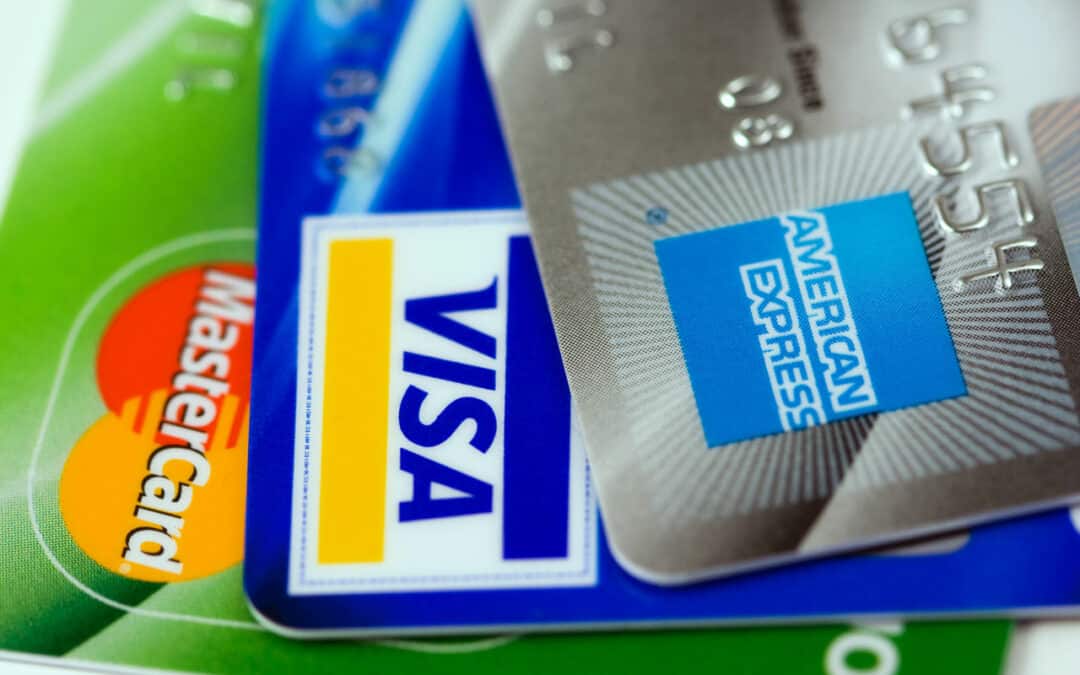In 2012, counterfeit charges cost financial institutions $3.4 billion and merchants $1.9 billion.1 In an effort to reduce fraud, banks and credit unions have started issuing EMV cards. If this term is new, EMV stands for Europay, Mastercard, and Visa, and it’s also known as a chip card. EMV cards are more secure than regular credit or debit cards. This is because they produce a different one-time use code for each terminal transaction. They also require a signature, known as chip-and-signature, or the consumer’s PIN, known as chip-and-PIN.
EMV cards are gaining momentum in the United States. This is largely due to hackings at stores like Target and Home Depot where customer information was stolen. Since more Americans are shifting to EMV cards, it’s important to know how these chip cards will affect financial institutions.
EMV and Financial Institutions
Let’s start with who’s responsible when a fraudulent charge occurs on a credit card at terminals, the merchant or the financial institution. As of October 1, 2015, the party who does not have chip-enabled technology, like a chip-enabled terminal for merchants and chip cards for banks and credit unions, will be responsible for reimbursing the fraudulent charges. However, if both the merchant and bank or credit union have chip-enabled technology, then the bank or credit union is responsible and must reimburse the fraudulent charges.1
Getting Started
EMV cards are a big step in security, but they are also new to consumers. If you’re issuing EMV cards, and aren’t sure how to inform your account holders about the new cards, we can help. Check out this letter template to help you get started and this template for ideas for follow-up letters. The more information account holders have now, the easier the transition will be later.
What is the source of this data?
We used CreditCards.com to obtain this data.


